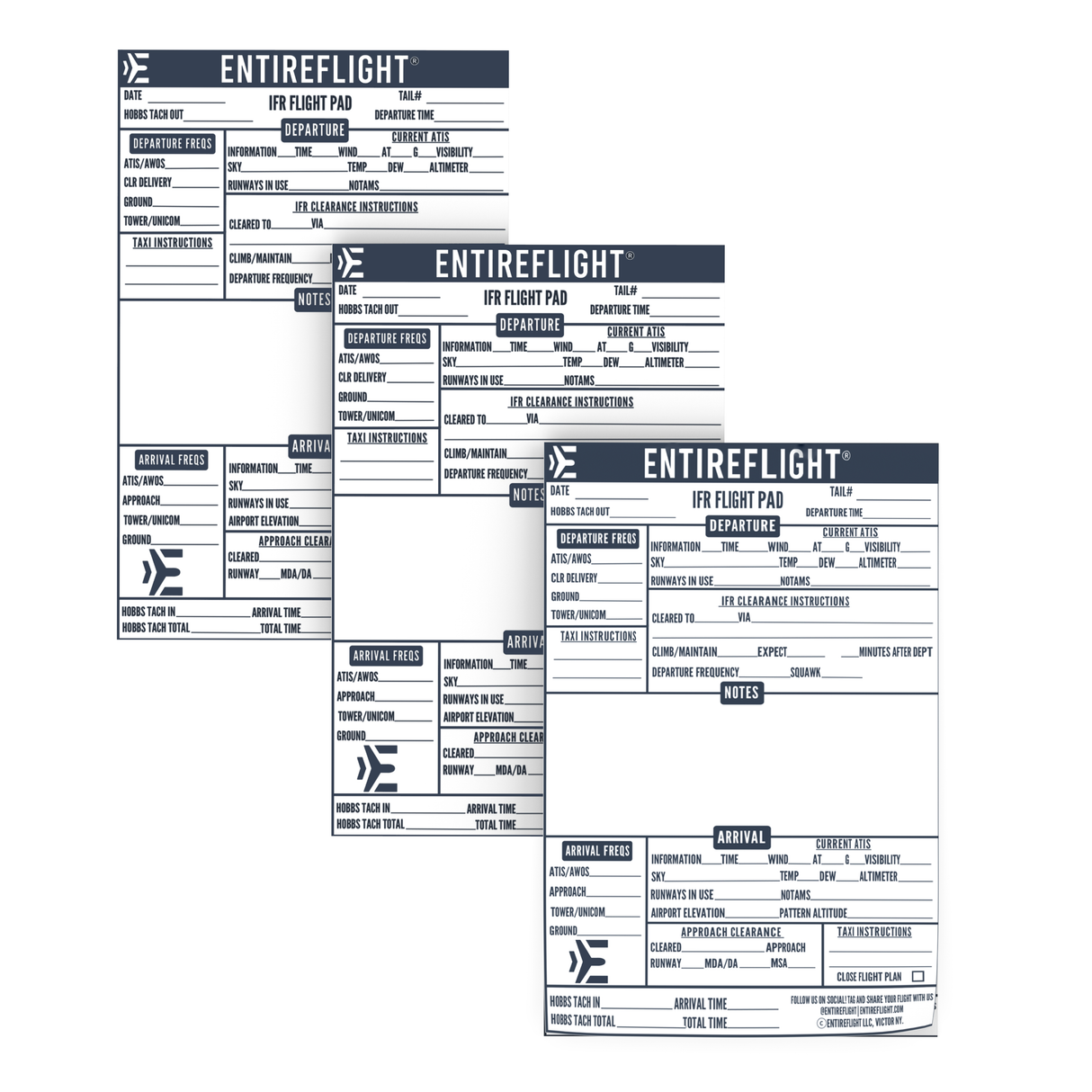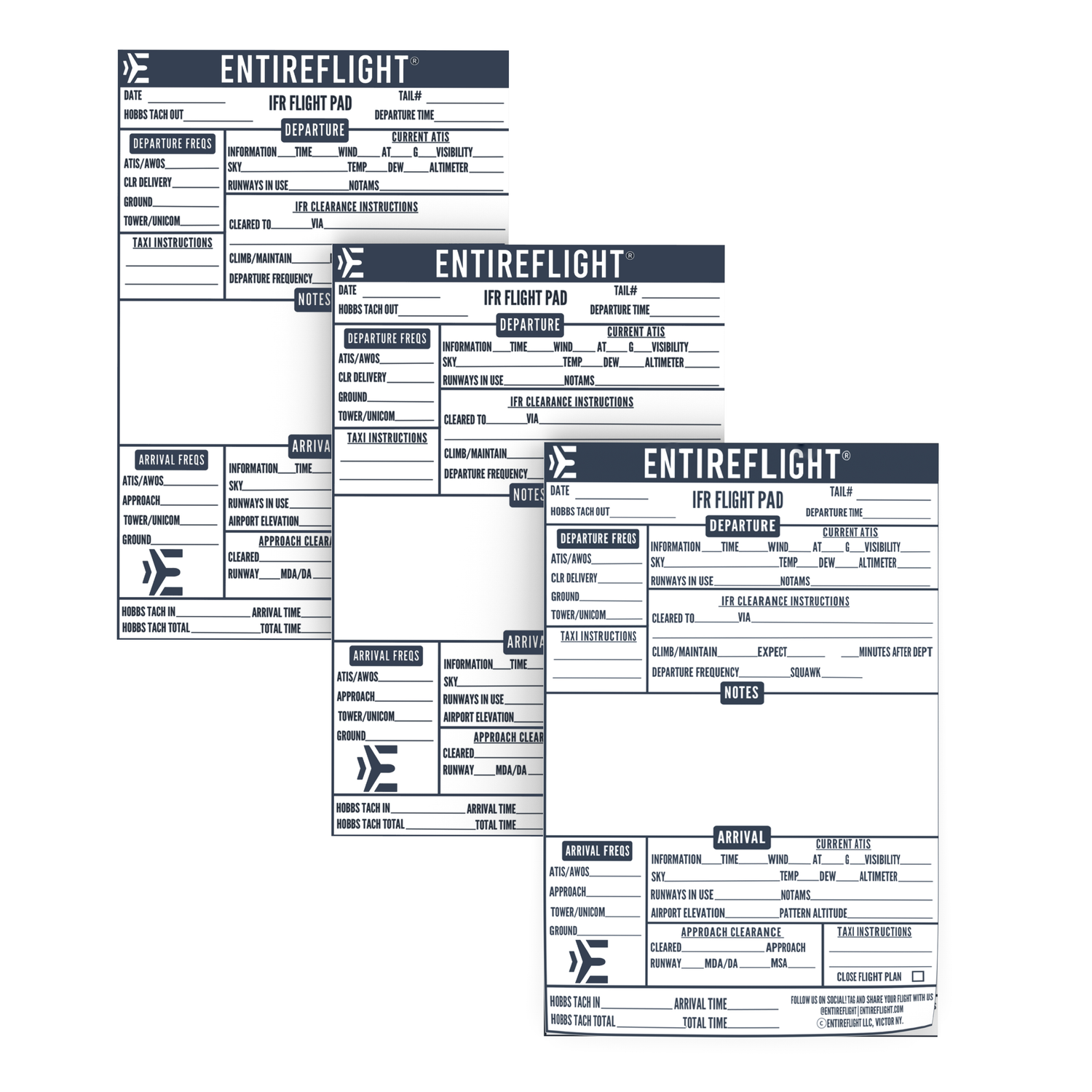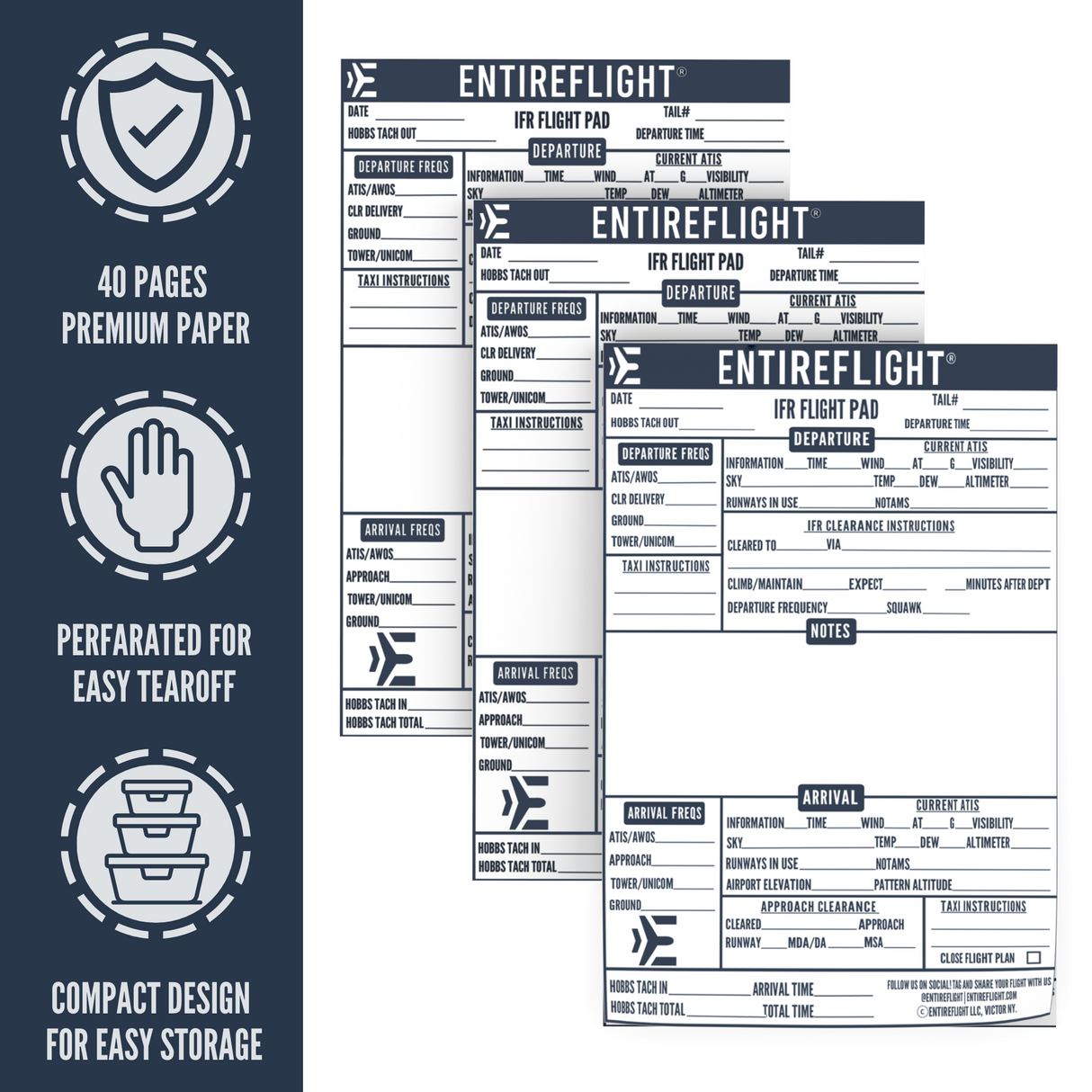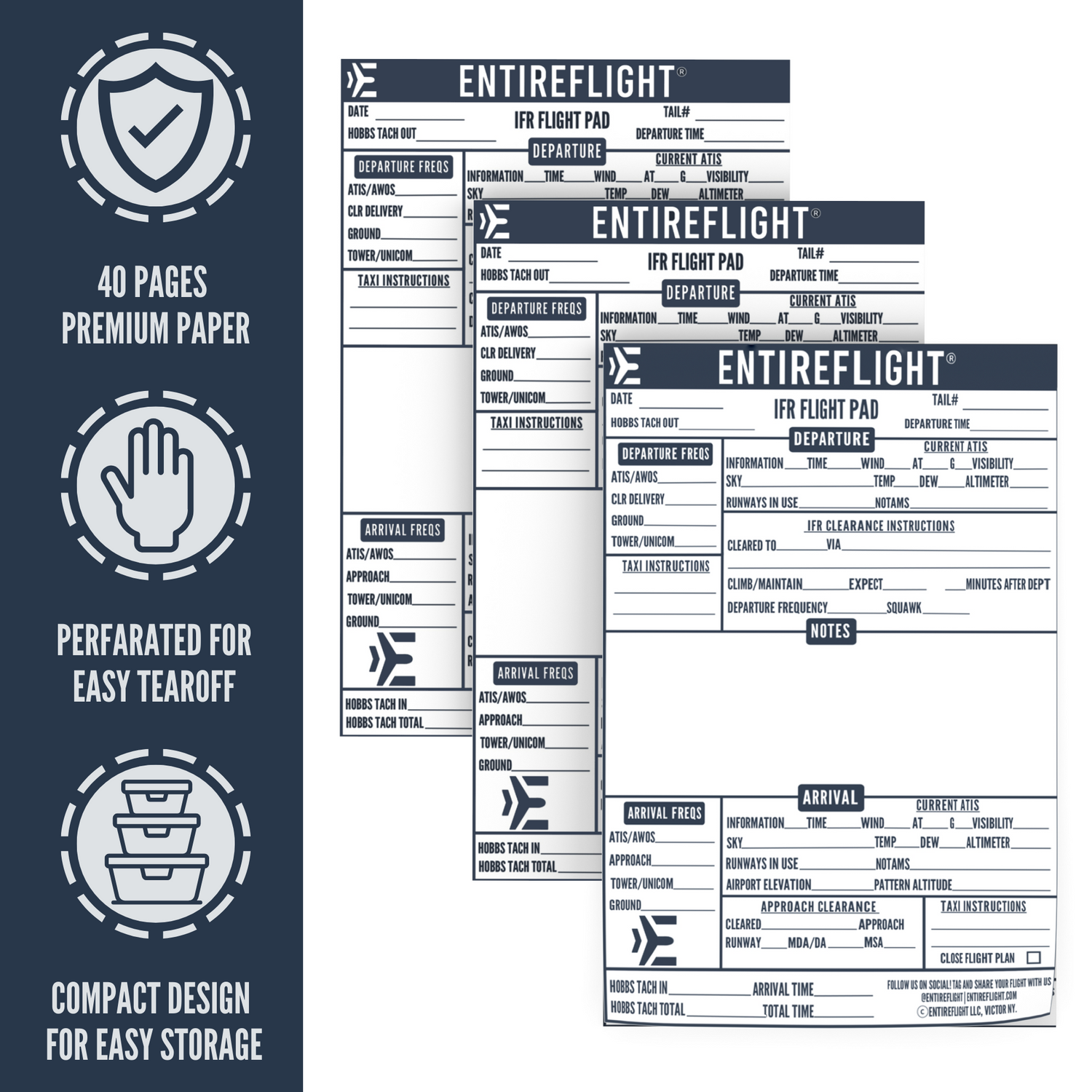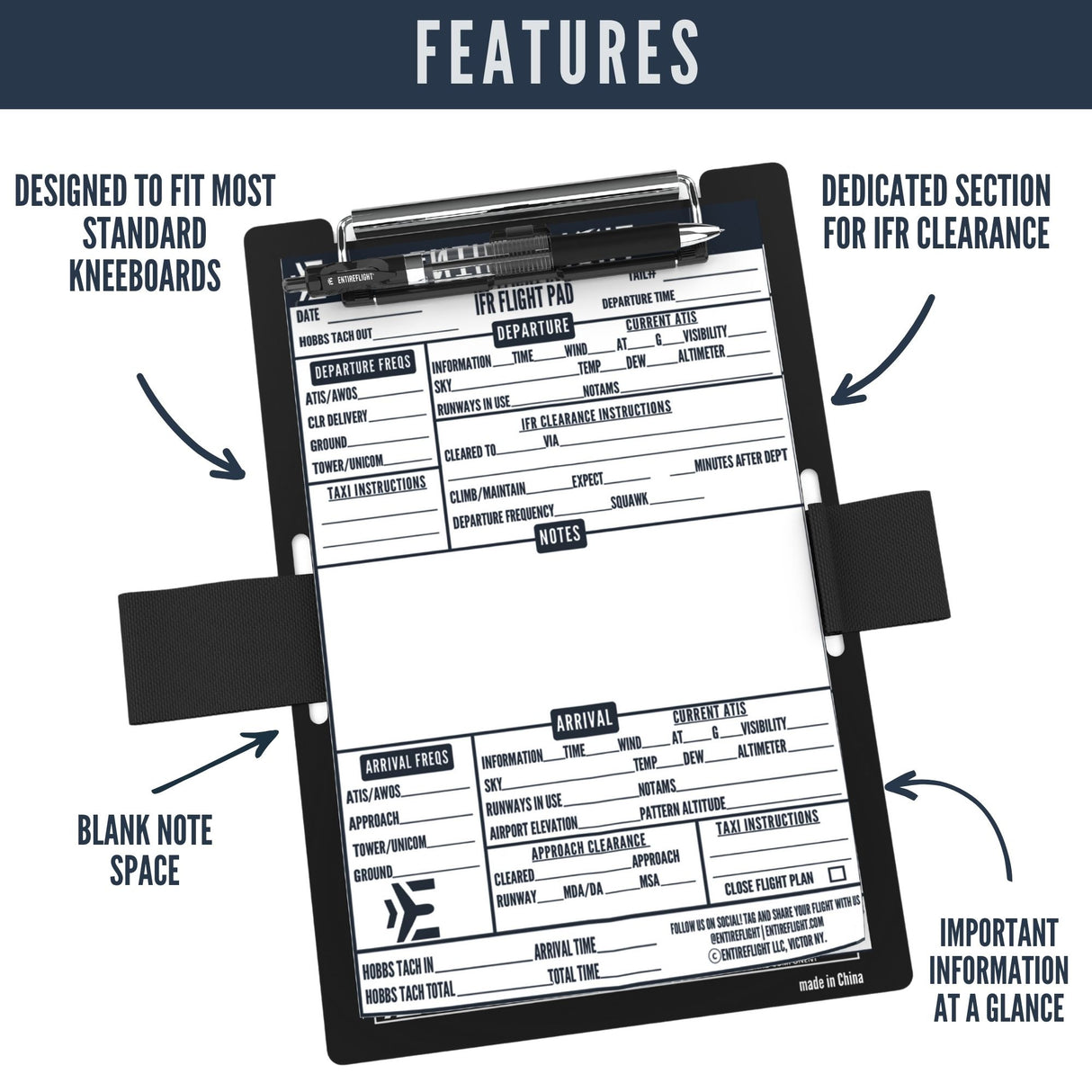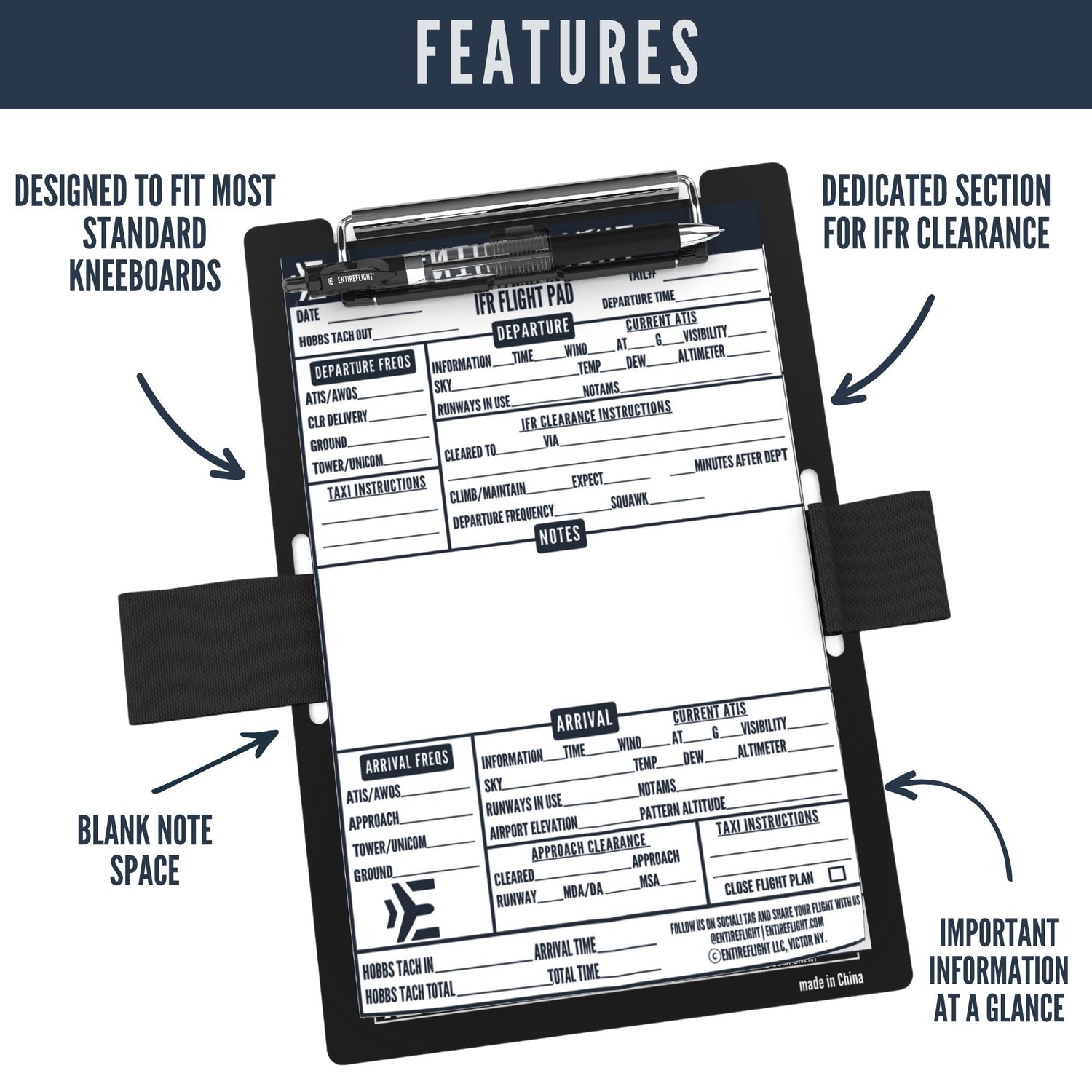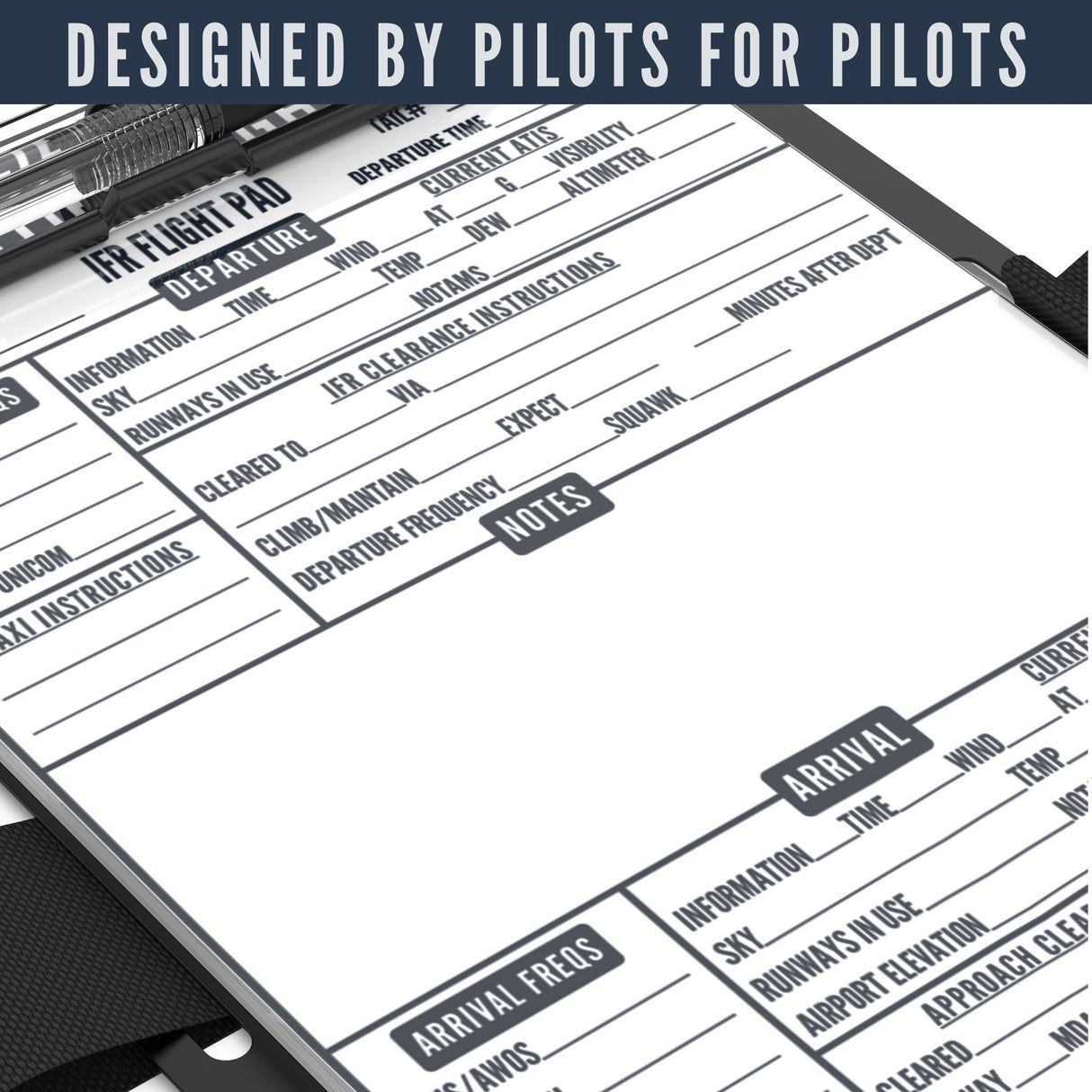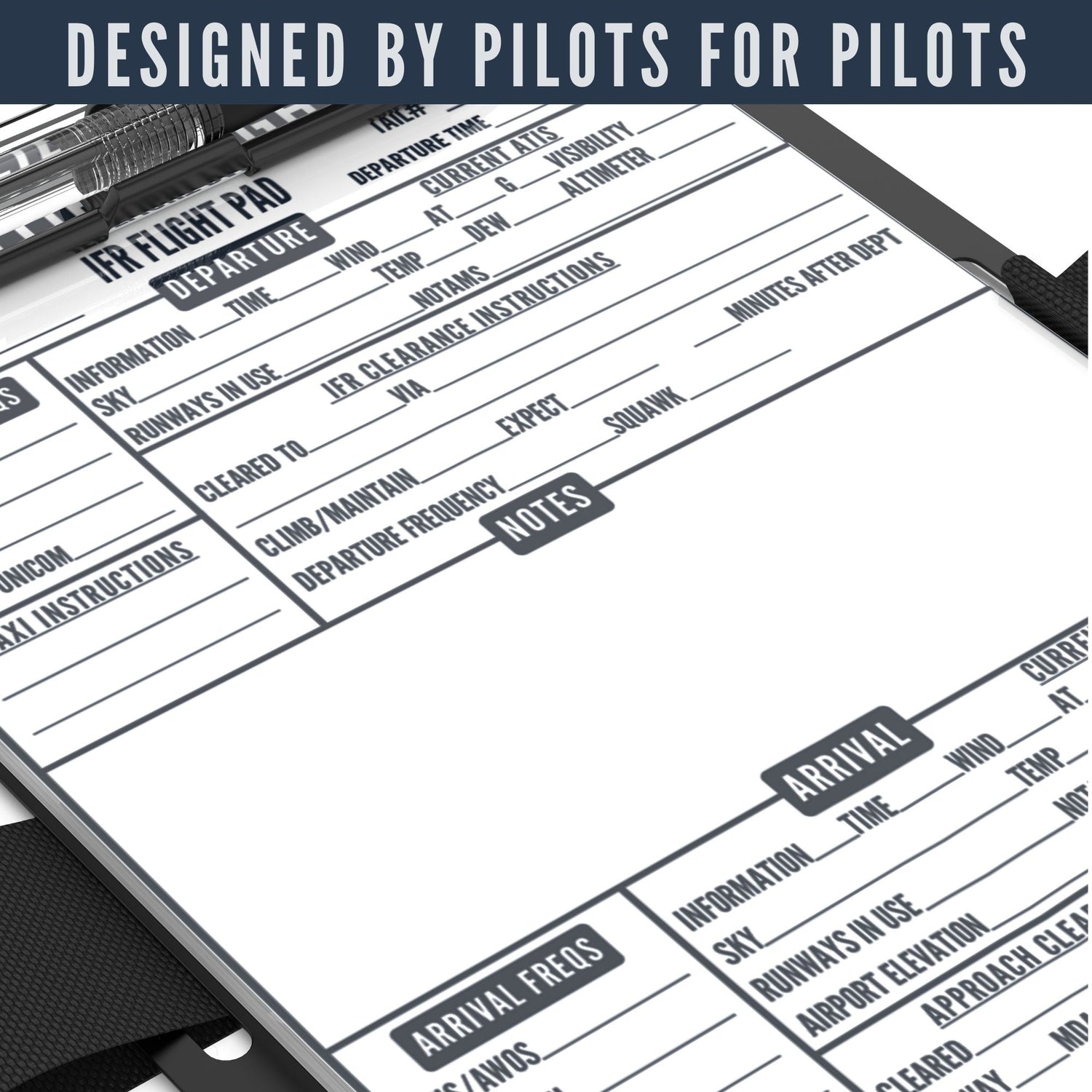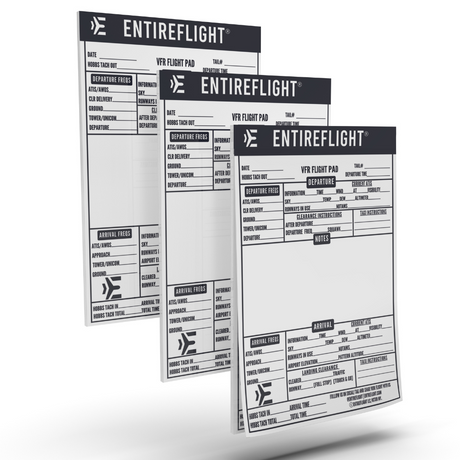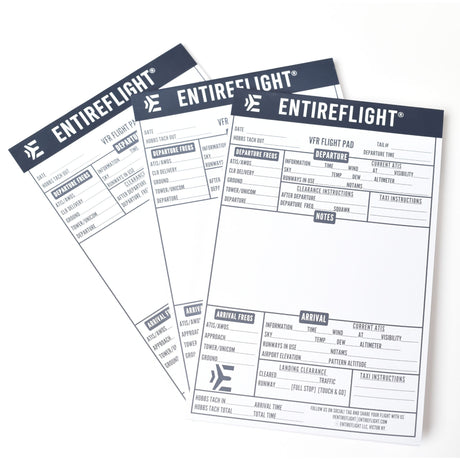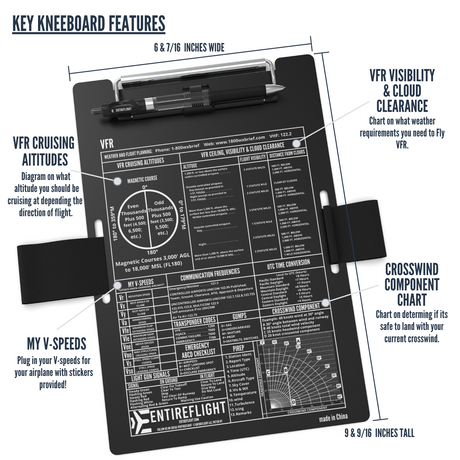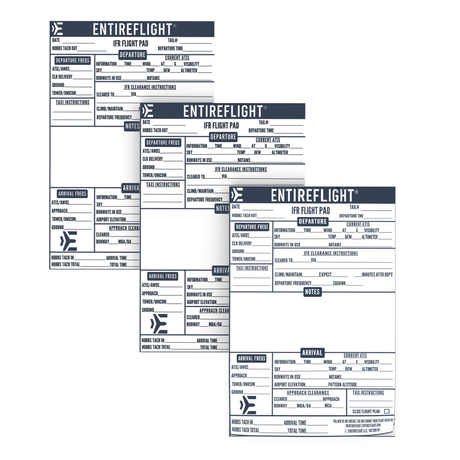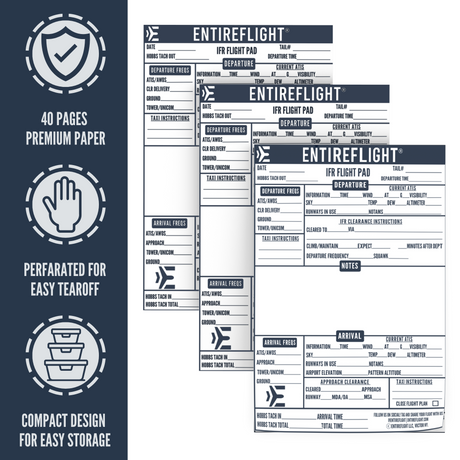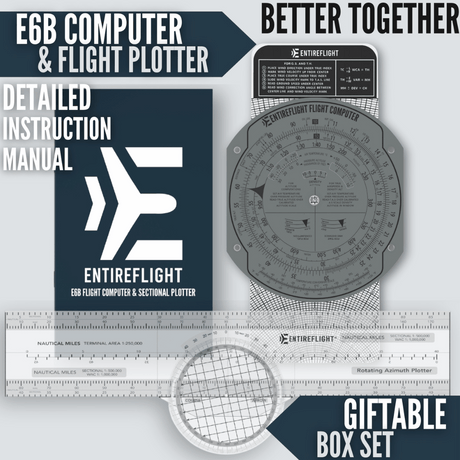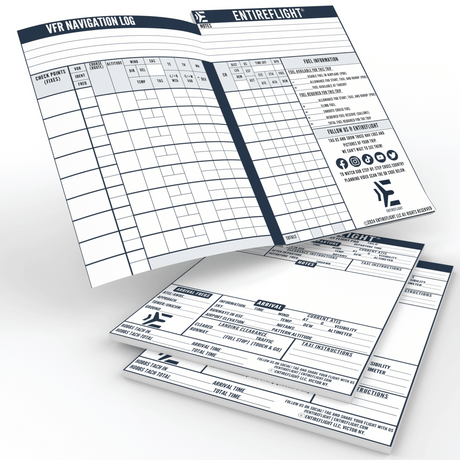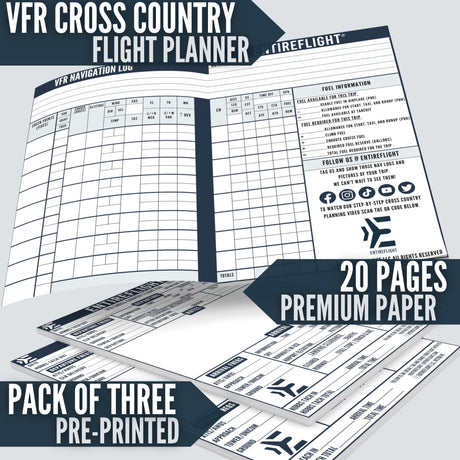Simplifying Maneuvering Speed: What You Must Know to Protect Your Aircraft
Taking to the skies in an aircraft can be an exhilarating yet demanding experience, particularly for those new to flying. But fret not! Together, we'll explore the secrets of maneuvering speed, a vital factor often underestimated but essential for flying safely.
Gone are the days of confusion and doubt! You'll find straightforward, simplified explanations to help you easily grasp the concept of maneuvering speed. So, get ready, buckle up, and come on this thrilling journey with us as we uncover the wonders of maneuvering speed. Let's delve into this aspect of aviation hand in hand!
Key Takeaways
-
Maneuvering speed is the maximum speed at which pilots can make full or abrupt control movements without risking
structural damage to their aircraft. - Maintaining maneuvering speed helps prevent aircraft
damage , avoids stalls, and manages excessive loads on the aircraft. - Factors such as weight, load distribution, altitude and temperature, center of gravity (CG), wing configuration, and flight control settings can influence the maneuvering speed of an aircraft. Pilots must understand these factors to operate within safe limits.
- Calculating maneuvering speed requires considering various factors like weight and aircraft type. Accurate calculations are essential for maintaining safe flight operations and preventing
damage or stalls caused by exceeding limitations.
What is Maneuvering Speed or VA?
Maneuvering Speed is the maximum speed at which you can make full or abrupt control movements without risking the safety of your aircraft.
Know the maximum operating maneuvering speed
Maneuvering speed is an essential airspeed limitation set by aircraft designers. This speed acts as our best defense against
Essentially, it's the fastest speed at which your plane will stall before exceeding its maximum load limit if the angle of attack alters suddenly. Defining this crucial number provides a sense of security and purpose: to manage extreme loads without inflicting harm on the aircraft structure.
Grasping maneuvering speed allows for enhanced control and aids in maintaining a safe flight operation within permitted bounds.
Factors affecting maneuvering speed
Several factors can influence the maneuvering speed of an airplane. These include:
- Aircraft Weight: Maneuvering speed is based on the aircraft's gross weight, so any changes in weight will have an impact.
- Load Distribution: The way the weight is distributed within the aircraft also a factor. Unevenly distributed loads can alter the aircraft's handling characteristics and its ability to withstand certain maneuvers.
- Altitude and Temperature: Higher altitudes and colder temperatures can affect air density, which in turn affects the aircraft's aerodynamic performance critical, angle of attack, and maneuvering capabilities.
- Center of Gravity (CG): The position of the center of gravity plays a significant role in determining maneuvering speed. An aircraft with a forward or aft CG may have different maneuvering speeds due to changes in stability and control.
- Wing Configuration: Different wing designs, such as sweptback wings or high-lift devices, can impact an aircraft's stall characteristics and maneuverability at different speeds.
- Flight Control Settings: The position of flaps, slats, and other control surfaces can influence an aircraft's maneuvering speed. Adjustments to these settings may require changes to the published maneuvering speed.
Maneuvering Speed Protects Your Aircraft
Avoiding Structural Damage
When flying above this speed, sudden or excessive control inputs can put excessive stress on the wings and other components, increasing the risk of structural failure.
By staying within maneuvering speed limits, you ensure that your aircraft can handle normal flight maneuvers without compromising its structural integrity. It's important for beginner pilots to understand and adhere to these limitations to ensure safe and controlled flight operations.
Preventing stalls
An airplane will stall if the pilots fail to understand and adhere to the maneuvering speed of their aircraft. Maneuvering speed ensures that the airplane will not exceed its maximum load limit if sudden changes in angle of attack occur.
By flying within the recommended range of maneuvering speed, pilots can avoid stalling and maintain control of the aircraft during various maneuvers. It's important to note that maneuvering speed is different from maximum or cruise speed, as it focuses specifically on the aircraft's ability to withstand certain loads.
Therefore, being familiar with your specific aircraft's maneuvering speed is essential for safe and controlled flight.
Managing excessive loads
To ensure safe aircraft control, it is crucial for pilots to effectively manage excessive loads. Excessive loads can put strain on the structure of the aircraft and potentially lead to structural failure.
To prevent this, pilots must fly at a lower weight or within the recommended maneuvering speed range. Maneuvering speed is determined by the aircraft designer and is based on factors such as weight and load limits.
By staying within this speed range, pilots can avoid subjecting their aircraft to excessive forces and maintain structural integrity throughout their flight. It is essential for beginner pilots to understand how to effectively manage excessive loads in order to ensure a level flight and safe flying conditions.
Determining Aircraft Weight and Maneuvering Speed
Calculating maneuvering speed requires considering various factors like weight and aircraft type. It is crucial for safe flying. Read more to ensure you fly within the recommended range and understand the limitations of your aircraft.
Calculation methods
Calculating the maneuvering speed of an aircraft is crucial for safe and controlled flight. Here are the different calculation methods to determine this critical airspeed:
- Consult the Pilot Operating Handbook (POH) or Aircraft Flight Manual (AFM) provided by the manufacturer. These documents will typically include a specific formula or graph to calculate maneuvering speed based on weight and configuration.
- Use the formula: VA = √(n * G * W / C),
- Some aircraft have a specific indicator or gauge that provides real - time information on the current maneuvering speed. This can be a useful tool for pilots to monitor and adjust their airspeed accordingly.
- Consider any additional factors, such as altitude, temperature, and wind conditions, which may require adjustments to the calculated maneuvering speed.
Weight variations and adjustments
Understanding weight variations and making appropriate adjustments is crucial for maintaining a straight and level flight and safe maneuvering speed. Here are some key considerations:
- Monitor fuel levels: As fuel is consumed during flight, the aircraft becomes lighter, which can affect maneuvering speed. Keep track of your fuel consumption and make adjustments accordingly.
- Account for passenger and cargo loads: The weight of passengers and cargo carried on board also impacts maneuvering speed. Consider the weight distribution and ensure it remains within the aircraft's limits.
- Follow manufacturer guidelines: Aircraft manufacturers provide guidelines for weight variations and adjustments specific to their models. Refer to these guidelines for accurate calculations to determine the correct maneuvering speed.
- Understand performance charts: Performance charts provided by the manufacturer offer valuable information on how changes in weight will affect various aspects of aircraft performance, including maneuvering speed. Familiarize yourself with these charts to make informed decisions.
- Consult the aircraft's operating manual: The operating manual contains detailed instructions on how to calculate maneuvering speed based on different weight scenarios. Study this information thoroughly to ensure you understand how weight variations impact your aircraft's behavior.
Considerations for different aircraft types
Here are some factors to keep in mind for different aircraft types. These considerations ensure a safe and controlled flight:
- Weight variations: Maneuvering speed is based on the aircraft's gross weight, so it is important to account for any weight changes in the calculations.
- Wing loading: The wing loading of an airplane affects its maneuvering capabilities. Higher wing loading requires higher maneuvering speeds to maintain safe flight.
- Structural design: Each aircraft has its own structural limitations and load factors that must not be exceeded. The maneuvering speed takes these factors into account.
- Aerodynamic properties: Different aircraft designs have varying aerodynamic characteristics. Understanding these properties is essential for maintaining safe operations.
- Performance capabilities: Consider the performance capabilities of your specific aircraft type when determining maneuvering speed. Factors such as engine power, wing configuration, and control surfaces all play a role.
Best Practices for Flying at or Below Maneuvering Speed
Taking note of these expert tips about maneuvering speed will help you feel more confident in the air:
- Fly within the recommended range to maintain control.
- Understand the limitations of your aircraft and practice proper handling techniques to ensure safe maneuvering.
- Seek training and education on maneuvering speed for a comprehensive understanding of its importance in aircraft control.
- Regularly inspect and maintain your aircraft to ensure it is in optimal condition, as any mechanical issues can affect maneuverability.
- Be aware of weather conditions and how they can impact your aircraft's performance near maneuvering speed. Avoid flying in turbulent or gust conditions that may lead to loss of control.
- Maintain proper situational awareness and plan ahead for maneuvers, giving yourself enough time and space to execute them safely.
-
Communicate with air traffic control and other pilots in your vicinity to avoid potential conflicts and maintain a safe distance during maneuvering at or below maneuvering speed.
Proper handling techniques
Follow these handling guidelines to ensure safe aircraft control:
- Maintain a steady hand on the controls, avoiding full or abrupt movements that can exceed the aircraft's limit load factor.
- Use smooth and coordinated control inputs when making corrections or adjustments to heading, altitude, or airspeed.
- Be mindful of the aircraft's performance limitations and avoid pushing its boundaries by applying excessive control inputs.
- Stay within the recommended speed range specified by the maneuvering speed (Va) to maintain control authority.
- Continuously monitor and adjust your airspeed to stay within the limits defined by maneuvering speed, taking into consideration weight variations and adjustments.
- Familiarize yourself with your specific aircraft's maneuvering speed and understand how it affects your flight dynamics and maneuverability.
- Seek proper training and education on maneuvering speeds to develop a thorough understanding of their importance in safe flying.
Training and education on maneuvering speed
Learning about maneuvering speed is a crucial part of your training as a beginner pilot. Here are some key points to consider:
- Attend a comprehensive flight training program that covers all aspects of aircraft control, including maneuvering speed.
- Study the aircraft's operating manual and pay special attention to the section on maneuvering speed.
- Take part in ground school classes or online courses that provide detailed information on aircraft performance and limitations.
- Seek guidance from experienced instructors who can explain the concept of maneuvering speed and its importance in safe flying.
- Practice flying within the recommended range of maneuvering speed during flight training exercises.
- Use flight simulators or aviation apps to gain hands-on experience and improve your understanding of aircraft control limits.
- Develop good habits when it comes to speed control by always considering the specific maneuver being performed.
- Stay updated with the latest regulations and guidelines relating to aircraft control and maneuvering speed.
- Participate in regular checkrides to assess your proficiency in handling maneuvers at or below maneuvering speed.
- Continuously educate yourself on flight dynamics, aerodynamics, and other factors that influence safe aircraft operations.
Maximum Operating Maneuvering Speed: Your Key to a Safer Flight
In summary, fully understanding maneuvering speed is vital for pilots to maintain safe aircraft control and stay within the aircraft's limits. By adhering to the recommended speed, pilots can prevent
FAQs
Q: What is maneuvering speed and why is it important for safety in aircraft control?
A: Maneuvering speed is the maximum speed at which an aircraft can be safely maneuvered without exceeding its structural limits. It is important because exceeding this speed can lead to failure of the aircraft.
Q: How can I determine the maneuvering speed for a specific aircraft?
A: The maneuvering speed for a specific aircraft can usually be found in the Aircraft Flight Manual (AFM) or Pilot's Operating Handbook (POH). It may be listed as a single value or as a range based on factors such as weight and/or altitude.
Q: How do I calculate maneuvering speed?
A: Maneuvering speed is a safety speed calculated by multiplying the stall speed by a specific number. For most aircraft, the limit load factor is 3.8, and the square root of that is 1.95. To find the maneuvering speed, you multiply the stall speed by 1.95. For instance, if the stall speed is 70, the maneuvering speed would be 70 * 1.95 = 136.5.
Q: Are there different maneuvering speeds for different flight conditions?
A: Yes, the maneuvering speed may vary depending on factors such as weight, altitude, configuration (such as flaps or landing gear position), and turbulence intensity. Pilots should consult the AFM/POH for specific information related to their flight conditions.
Q: What precautions should be taken when approaching or operating near maneuvering speed?
A; When approaching or operating near maneuvering speed, pilots should exercise caution and avoid abrupt control inputs that could exceed the limit load factor of the aircraft. Smooth and gradual changes in direction and airspeed are recommended to ensure safe handling of the aircraft within its structural limitations.
Q: Does maneuvering speed change with weight? Why?
As weight increases, the forces acting on the aircraft also increase, requiring a higher maneuvering speed to maintain structural integrity during maneuvers.
Q: Which v speed represents maneuvering speed?
Maneuvering speed is represented by VA , also known as the "design maneuvering speed." It is a crucial speed in an aircraft's flight envelope as it ensures the aircraft can safely handle full control deflections. At this speed, pilots should exercise caution during maneuvers to maintain the safety and integrity of the aircraft.

